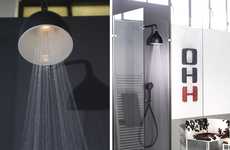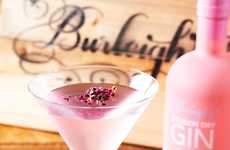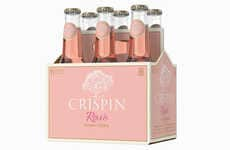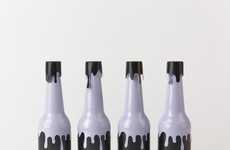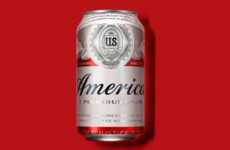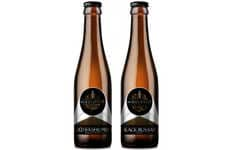



Alcohol brands adopt overt, Millennial-targeted branding
Implications - Alcohol companies are adopting more explicitly targeted branding in order to better reach the Millennial demographic. Whether through Millennial pink coloring or pop-cultural references, this shift comes as brands within this industry seek to better adapt to a generation that thus far, consumes far less alcohol than its predecessors.
Workshop Question - How can your brand tweak its branding to better adapt to younger generations?
Trend Themes
1. Millennial-targeted Branding - Alcohol companies are adopting explicitly targeted branding to reach the Millennial demographic, which offers an opportunity for businesses to create unique branding and marketing strategies tailored to younger generations.
2. Alternative Alcoholic Beverages - The decrease in alcohol consumption among Millennials is causing brands to introduce new alcoholic alternatives, such as adult sodas, hard ciders, and sparkling seltzers, creating an opportunity for new products in the alcoholic beverage industry.
3. Clean Sports Drinks - Blacktop's low-calorie sports drink that delivers electrolytes without sugar highlights the trend of clean performance drinks, bringing room for innovative ways to market beverages geared towards active, health-conscious individuals.
Industry Implications
1. Alcohol - The shift towards Millennial-targeted branding and alternative alcoholic beverages creates opportunities for new brands, unique advertising strategies, and beverage innovations in the alcoholic industry.
2. Food and Beverage - Businesses within the food and beverage industry can learn from the branding success of the Church & State Wines' pop culture reference-heavy labeling in their branding strategies for reaching younger demographics.
3. Sports and Fitness - The trend of clean performance drinks for health-conscious individuals within the sports industry opens up the possibility for new health products insights and development.




